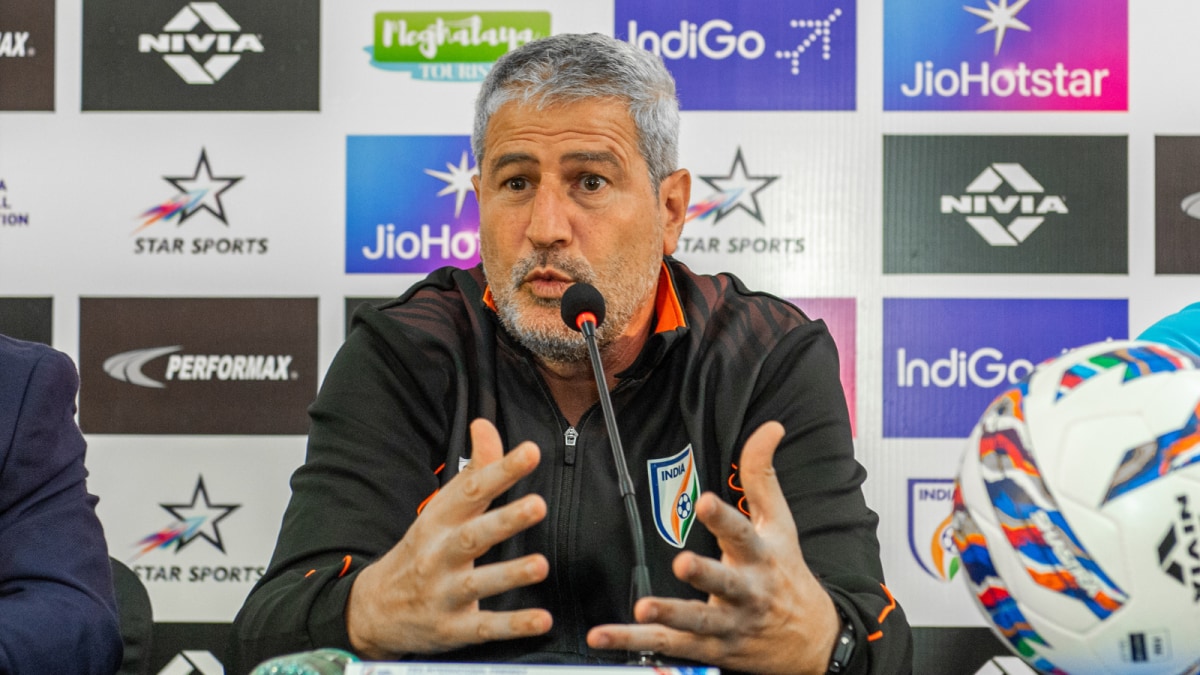ARTICLE AD BOX

BATHINDA: Under pressure to cut back on water-intensive paddy cultivation to save its groundwater wells, Punjab is pushing kharif maize as a sustainable alternative - but overlapping cropping cycles and confusion around maize varieties threaten to undermine the effort.Despite years of advocacy, paddy still dominates nearly 32 lakh hectares - over 88% of Punjab's 36 lakh hectares of farmland - with maize cultivation falling steadily. In response, the state launched a pilot initiative across six districts, offering Rs 7,000 per acre to farmers who switch from paddy to kharif maize, the variety most aligned with Punjab's monsoon cycle."This is the variety we want to promote," said Surinder Kaur Sandhu, principal maize breeder at Punjab Agricultural University. "Kharif maize consumes just 40 cm of water and needs only 4-5 irrigations. It's far more sustainable than summer maize, which is ecologically disastrous."State Push, Mkt SupportTo reverse the trend of a declining acreage of kharif maize, the state has earmarked 12,500 hectares across Sangrur (3,000 ha), Bathinda (2,500), Gurdaspur and Pathankot (2,000 each), Jalandhar and Kapurthala (1,500 each). It has also deployed 200 kisan mitras to guide farmers through the transition.
Further support has come from Kapurthala MLA and industrialist Rana Gurjeet Singh, who launched www.barsatimakki.com to facilitate maize sales at MSP. As the owner of ethanol and sugar projects, the legislator has pledged to procure kharif maize at Rs 2,225 for each quintal, bridging the gap with paddy's Rs 2,320 MSP (minimum support price).Still, the mathematics remains challenging: paddy yields around 30-32 quintals/acre (earning approx.
Rs 70,000/acre), while maize produces 24-25 quintals (approx. Rs 56,000/acre). The state subsidy is designed to make up this difference.

Water Crisis vs Crop CycleThe govt's biggest concern lies in unsustainable cropping patterns. "Some farmers now rotate wheat, summer maize, and paddy - a triple-crop cycle that is devastating to groundwater reserves," warned principal maize breeder Surinder Kaur Sandhu. "We need to dissuade summer maize and follow timelines for spring maize strictly.
Kharif maize is the only logical and ecological choice." Hybrid vs Traditional To boost kharif maize yields, PAU advocates hybrid maize, which unlike banned hybrid rice, is cross-pollinated and offers higher genetic diversity. While hybrid maize adoption is growing, it remains patchy across districts.The Road AheadWith rising temperatures, water tables falling, and climate volatility increasing, Punjab's agricultural shift from paddy to maize is no longer just a policy preference - it's a survival strategy.



.png)
.png)
.png)
















 3 hours ago
3
3 hours ago
3









 English (US) ·
English (US) ·